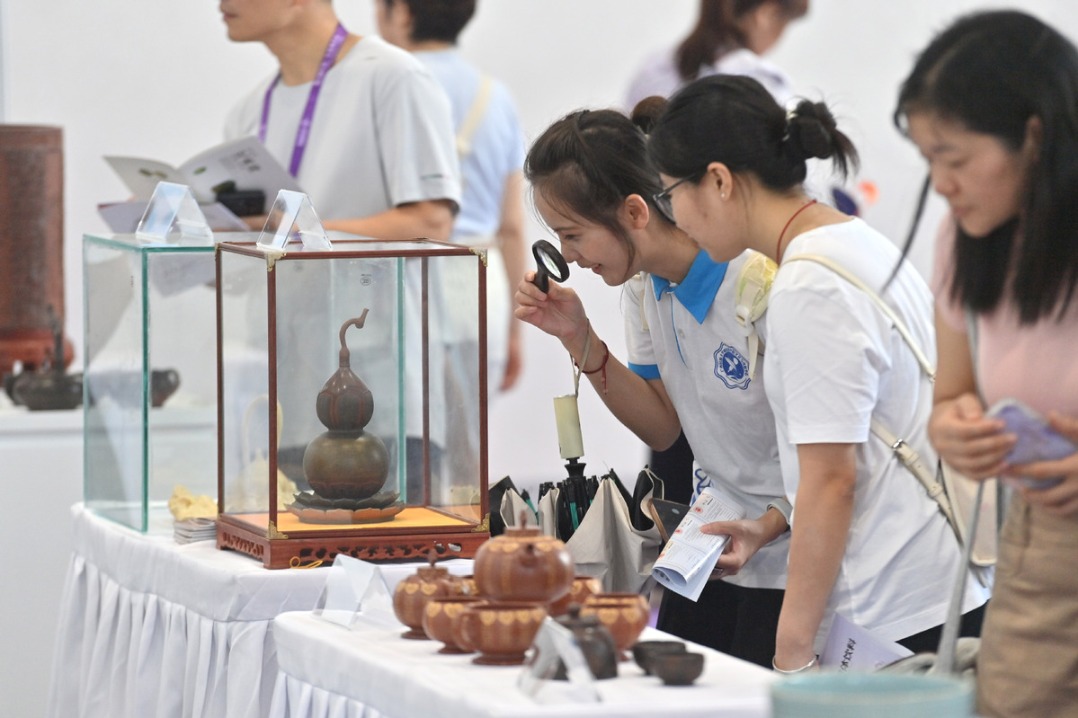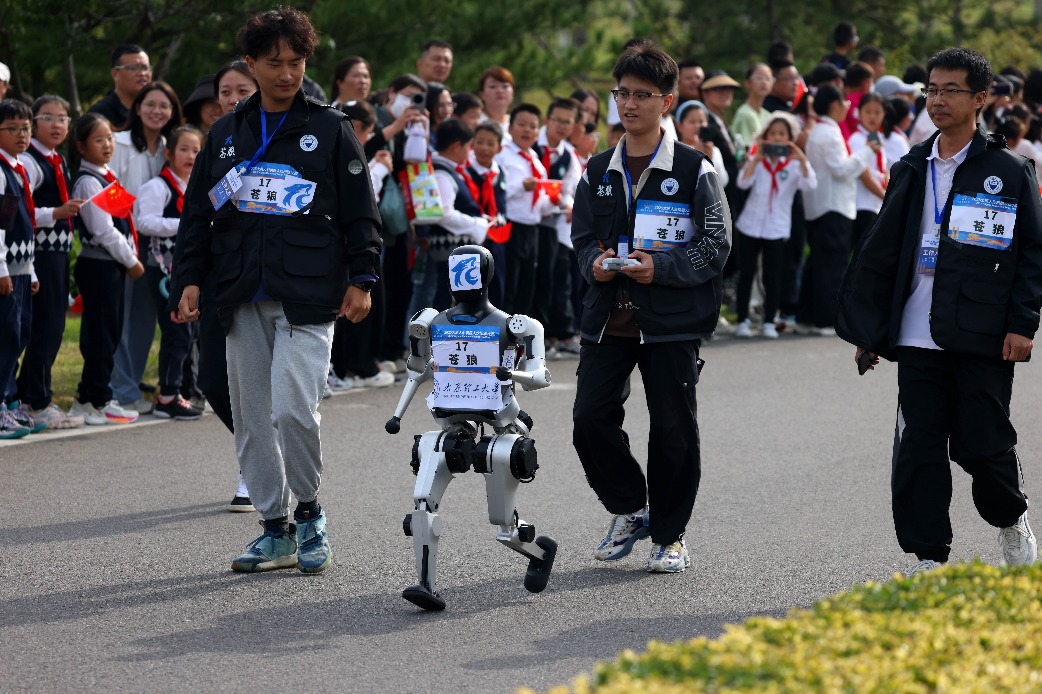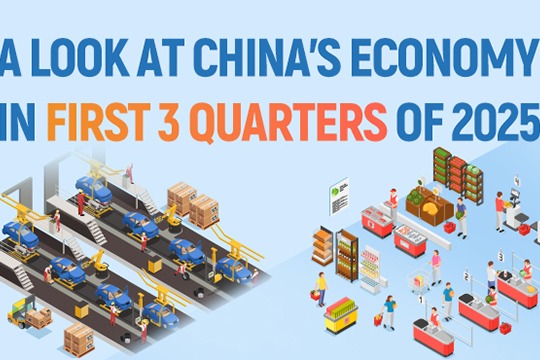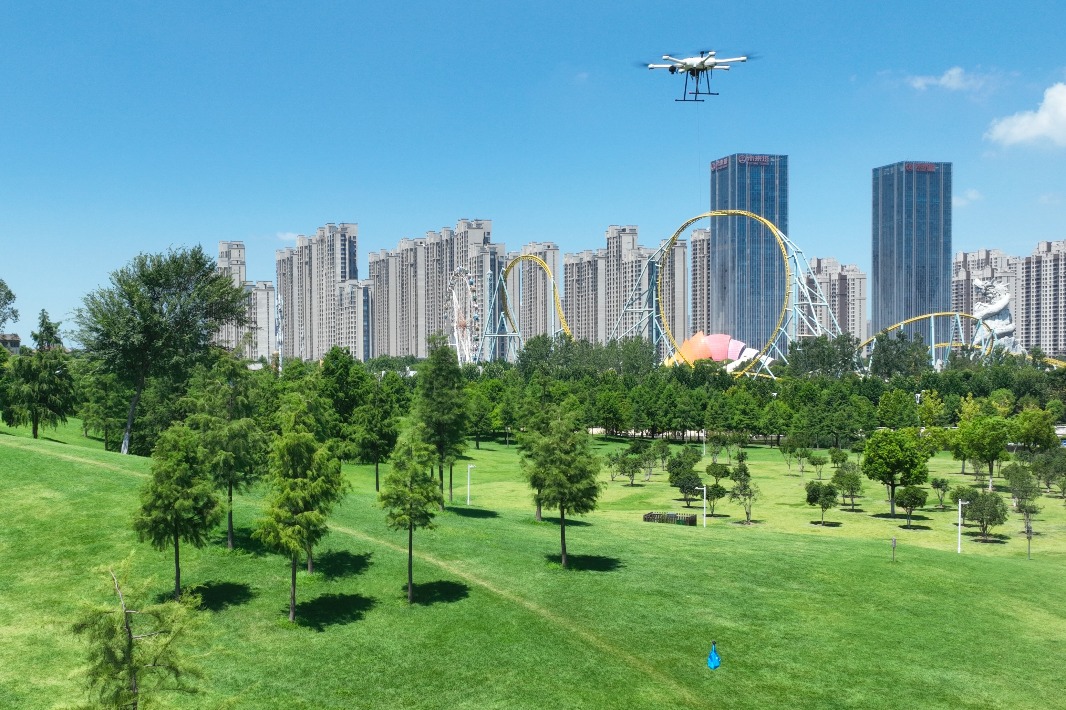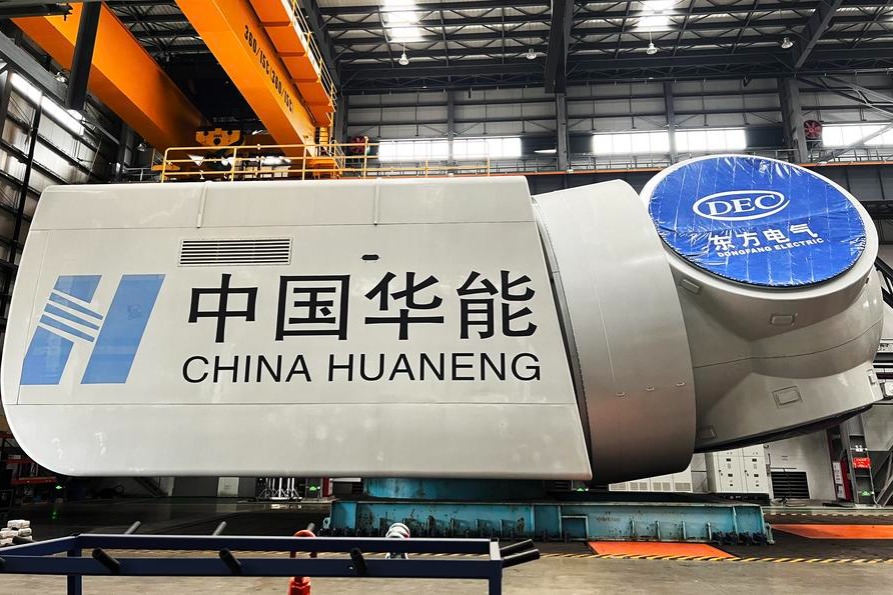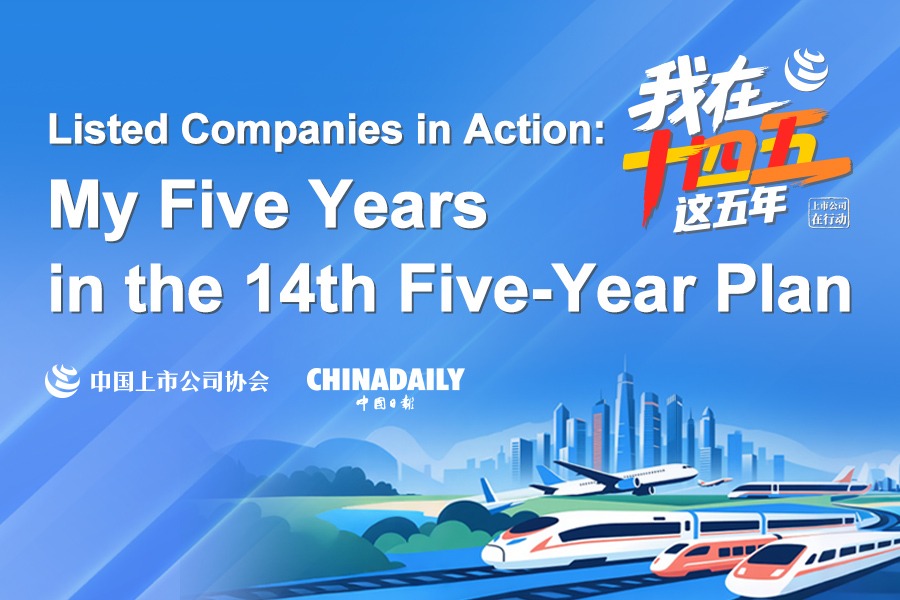Trees turn oilfield city into modern oasis


Industrial chain
For most people, the closest they actually come to oil and gas is putting gasoline in their cars or paying their winter heating bill. But for residents of Karamay, oil is a dream, a livelihood, and their city's reason for being.
The first oil reserves were discovered in October 1955. Three years later, the State Council, China's Cabinet, established the city of Karamay with the goal of developing oil production and related industries.
Today, 90 percent of the city's GDP is dependent on the oil and petrochemical industries, and as many as a third of its residents have, at one time, been employed by an oil company.
In 1959, the city opened China's first oilfield with annual production capacity of more than 1 million metric tons, accounting for 40 percent of domestic oil production.
A second oilfield with an annual production capacity of 3 million tons was built in 1977, while the first oilfield in western China with annual production capacity of 10 million tons was opened in the city in 2002.
With proven oil reserves of 2.6 billion tons, the city has drilled more than 370 million tons of oil and 82 billion cubic meters of natural gas, adding up to 198 billion yuan ($28.6 billion) in national and local tax revenues, according to official data.
A typical, resource-based city, Karamay also commands a complete industrial chain, with first-class technological services and skilled workers. The city government is pushing ahead with a strategy based on the information industry to turn it into a world-class oil city.




















